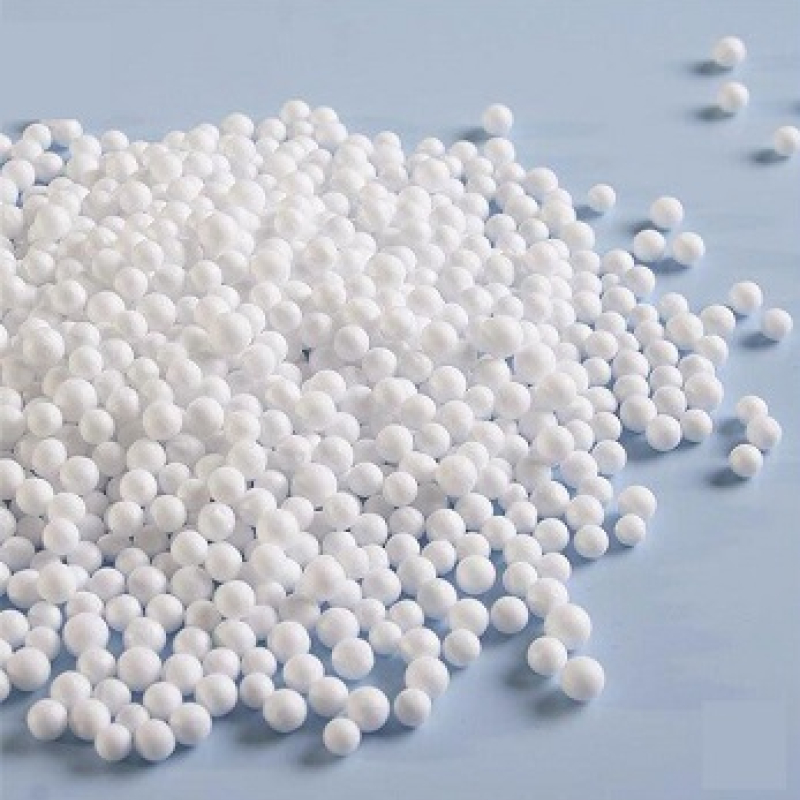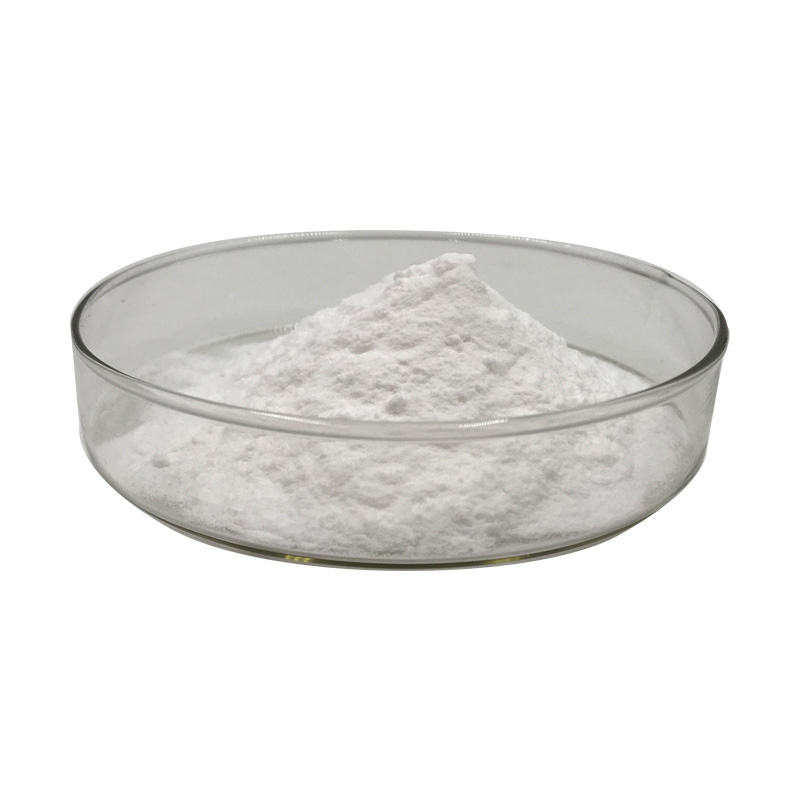Products Description of Calcium chloride CAS#10048-52-4Anhydrous calcium chloride is a white porous frit or granule. It is easy to deliquesce. The melting point is 782℃, the density is 2.15g/cm3, the boiling point is higher than 1600℃, it is easily soluble in water and releases a lot of heat, and it is also soluble in ethanol and acetone. The most common is calcium chloride hexahydrate CaCl2·6H2O, colorless trigonal crystal, easy to deliquesce, bitter and salty taste, density 1.71g/cm3.
Contact Now
Methanol CAS#67-56-1Methanol is the easiest fatty alcohol. It is a colorless, flammable, worrying liquid with a boiling factor of 64.7°C, a melting factor of -93.90°C, and a relative density of 0.7913. Soluble in water and most natural solvents. Its extreme toxicity can injury the optic nerve. Once swallowed, it can make the eyes blind and even reason death.Methanol has the established residences of a essential aliphatic alcohol.
Contact Now
Products Description of Calcium Ammonium NitrateCAS#15245-12-2Calcium ammonium nitrate is a nitrogen fertilizer made by melting ammonium nitrate with a certain proportion of limestone and dolomite powder. The ingredients are a mixture of NH4NO3, CaCO3 and MgCO3. Calcium ammonium nitrate contains 21% to 26% nitrogen (N), and is grayish white or light yellow granules or powder. The aqueous solution is weakly alkaline.Calcium ammonium nitrate is the world's most soluble calcium-containing chemical fertilizer.
Contact Now
Products Description of Ammonium phosphate dibasic CAS#7783-28-0Diammonium phosphate, also known as diammonium hydrogen phosphate (DAP), is a compound fertilizer containing two nutrients, nitrogen and phosphorus. Diammonium hydrogen phosphate is a high-concentration quick-acting fertilizer that is easily soluble in water and has less solids after dissolution. It is suitable for various crops and soils, especially for crops that prefer nitrogen and require phosphorus. It can be used as base fertilizer or topdressing, and deep application is recommended.
Contact Now
Products Description of Ammonium Alginate CAS#9005-34-9Ammonium alginate is a chemical substance with the molecular formula C6H7O6NH4. Alginic acid, also known as alginate or alginates, is an anionic polysaccharide widely distributed in the cell walls of brown algae, which forms a viscous jelly by combining with water. It is also a significant component of biofilms produced by the bacterium Pseudomonas aeruginosa, the main pathogen in cystic fibrosis, conferring its high resistance to antibiotics and killing by macrophages. Its color ranges from white to yellow-brown.
Contact Now
Products Description of 1,3-Propanediol CAS#504-63-21,3-Propanediol (PDO) is mainly used to produce a new type of polyester, polytrimethylene terephthalate (PTT).
Contact Now
Products Description of Triethylenediamine CAS#280-57-9Triethylenediamine, also known as 1,4-diazabicyclo〔2.2.2〕octane, or triethylenediamine, abbreviated as DABCO or TEDA in English, has a chemical formula of C6H12N2.
Contact Now
Products Description of 2,5-Dibromothiophene CAS#3141-27-32,5-Dibromothiophene is the light yellow transparent liquid, boiling point 211℃, melting point -6℃, relative density 2.147.2,5-Dibromothiophene Chemical PropertiesMelting point -6 °C (lit.)Boiling point 211 °C (lit.)density 2.147 g/mL at 25 °C (lit.)refractive index 1.627-1.63Fp 99 °Cstorage temp. Keep in dark place,Sealed in dry,Room Temperaturesolubility Chloroform, Methanolform Liquidcolor Clear pale yellow to brownSpecific Gravity2.147Water Solubility practically insol
Contact Now
Products Description of Palatinose CAS#58166-27-1Palatinose is an isomer of sucrose. It is made from sucrose as raw material and converted and refined by α-glucosyltransferase. It is a sweetener that uses biotechnology - enzyme engineering to change the properties of sucrose. It is a natural nutritional sugar that can avoid the disadvantages and diseases of eating too much sucrose. Palatinose is commonly known as isomaltulose, which is a disaccharide of glucose and fructose combined with α-1,6.
Contact Now
Products Description of Molybdate Orange CAS#12656-85-8 ,also known as Pigment Red 104, is an inorganic pigment that is widely recognized for its vibrant orange hue.
Contact Now
Products Description of Trimethylsioxysilicate CAS#56275-01-5White powderTrimethylsioxysilicate Chemical PropertiesFp 4°C (39°F)EPA Substance Registry SystemSilicic acid, trimethylsilyl ester (56275-01-5)Safety InformationRisk Statements 11Safety Statements 24/25RIDADR 1993TSCA YesFactory and Equipment ShowFast delivery timeInventory 2-3 working days New production 7-10 working days
Contact Now
Citric Acid Usp CAS#77-92-9At our company, we pride ourselves on offering the highest quality Citric Acid USP (CAS#77-92-9), a versatile organic acid that is widely recognized for its multifaceted applications across various industries.
Contact Now
C6H8O7 CAS#77-92-9Discover the versatility of citric acid, a natural organic compound with the chemical formula C6H8O7 and registration number CAS#77-92-9.
Contact Now
Product Name: Anhydrous Citric AcidCAS Number: 77-92-9Anhydrous Citric Acid (CAS# 77-92-9) is a premium, high-purity compound known for its exceptional acidifying, buffering, and chelating properties.
Contact Now
Products Description of Ethyl vinyl ether CAS#109-92-2Colorless flammable liquid with active chemical reaction performance. It is easy to polymerize in liquid or gas phase. Industrial products contain inhibitors to prevent polymerization. Freezing point -115℃, boiling point 35-36℃, melting point -115.8℃, relative density 0.754 (20/20℃), refractive index 1.3767, flash point -45.5℃, autoignition point 201.66℃, viscosity (20℃) 0.22mPa·s. Slightly soluble in water, only 0.9% (by weight).
Contact Now
Citric acid CAS# 77-92-9At our company, we pride ourselves on offering the highest quality Citric acid CAS# 77-92-9, a versatile organic acid that is widely recognized for its multifaceted applications across various industries.
Contact Now
Products Description of Glycidol CAS#556-52-5Glycidyl alcohol is also called glycidol. This substance is used as a stabilizer for natural oils and vinyl polymers, demulsifiers, dyeing and layering agents, and is used in surface coatings, chemical synthesis, fungicides, etc.
Contact Now
Products Description of Chloramine B CAS#127-52-6Chloramine B hydrate is a white crystalline powder.Chloramine B Chemical PropertiesMelting point 190°CBoiling point 189℃[at 101 325 Pa]density 1.484[at 20℃]vapor pressure 0Pa at 20℃storage temp. Keep in dark place,Inert atmosphere,2-8°Csolubility H2O: 0.1 g/mL, clearform solidpka1.88[at 20 ℃]Water Solubility 0.1 g/mLMerck 14,2074BRN 3599287InChIKeyKDNCILYKSYKEFJ-UHFFFAOYSA-NLogP0.14 at 26℃EPA Substance Registry SystemChloramine B (127-52-6) Safety InformationHazard Codes CRisk
Contact Now
Potassium Formate CAS#590-29-4Potassium formate is a useful chemical compound in the production of potassium metal and in the oil and gas industry, often in aqueous solution (alone, or mixed with cesium formate), to yield a high-density, environmentally-friendly brine that can be used a a heat transfer fluid.
Contact Now
Sodium formate CAS#141-53-7The main purpose of sodium formate as follows:Sodium formate can be used as chemical analysis reagent, used for determination of arsenic and phosphorus, also used as a disinfectant, mordant and so on.
Contact Now
Products Description of Calcium Formate CAS#544-17-2Calcium formate is an organic substance with the molecular formula C2H2O4Ca. It is used as a feed additive and is suitable for all types of animals. It has acidification, anti-mildew, antibacterial and other effects.
Contact Now
Products Description of POLY(ANTIMONY ETHYLENE GLYCOXIDE) CAS#29736-75-2White crystalline solid, non-toxic and odorless, decomposes in contact with moist air.POLY(ANTIMONY ETHYLENE GLYCOXIDE) Chemical PropertiesMelting point >100°C (dec.)Boiling point 267.3℃[at 101 325 Pa]density 1[at 20℃]Fp >110°CWater Solubility 400ng/L at 20℃Hydrolytic Sensitivity7: reacts slowly with moisture/waterEPA Substance Registry System2,5,7,10,11,14-Hexaoxa-1,6-distibabicyclo[4.4.4]tetradecane (29736-75-2) Safety InformationRisk Statements 20/21/22Safety Statements
Contact Now
Products Description of Poly(ethylene glycol) distearate CAS#9005-08-7This product is a white solid, soluble in isopropanol, glycerin, gasoline solvents, dispersed in water, melting point 35 ~ 37 ℃.Poly(ethylene glycol) distearate Chemical PropertiesMelting point 35-37 °CFp >230 °FOdorat 100.00?%.
Contact Now
Products Description of Diacetoneacrylamide CAS#2873-97-4Diacetone acrylamide has two reactive groups: N-substituted amide and ketone. It is very easy to copolymerize with other ethylene and monomers, thereby introducing ketocarbonyl groups into polymers. By utilizing the chemical properties of ketocarbonyl groups, polymers can undergo crosslinking and grafting reactions, and are used to prepare various adhesives, thickeners, paper reinforcing agents, crosslinking agents, etc.
Contact Now



































